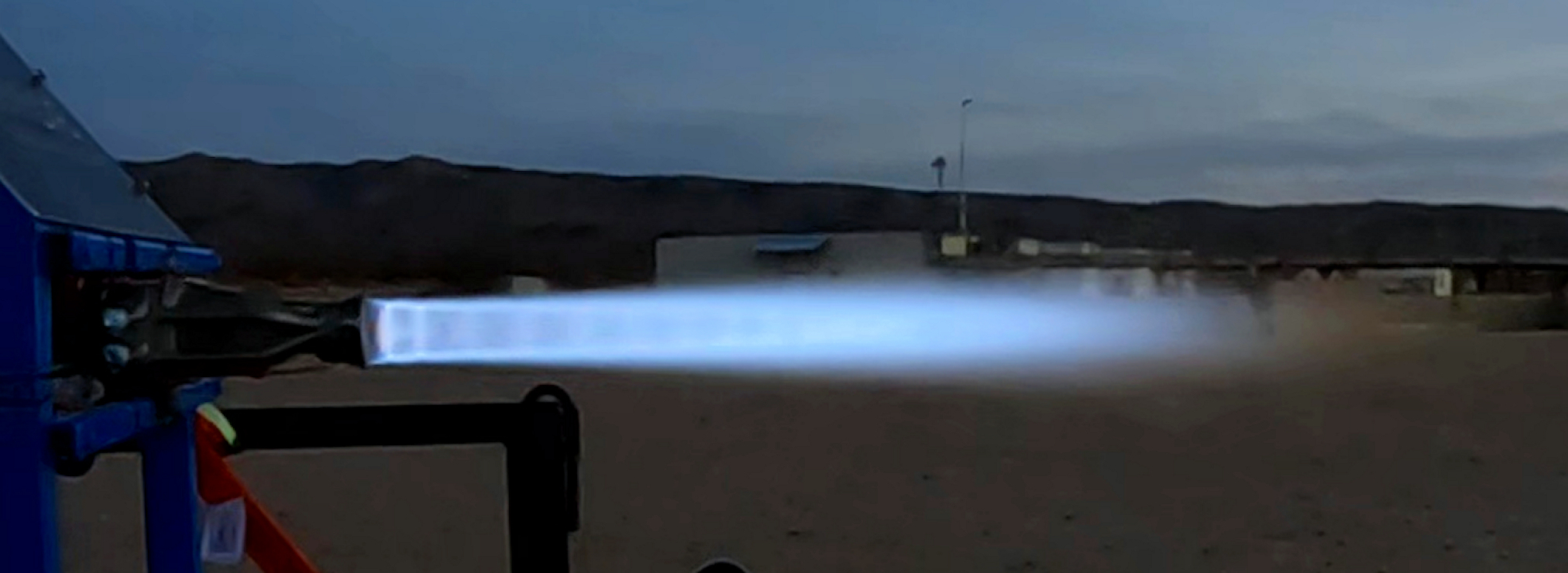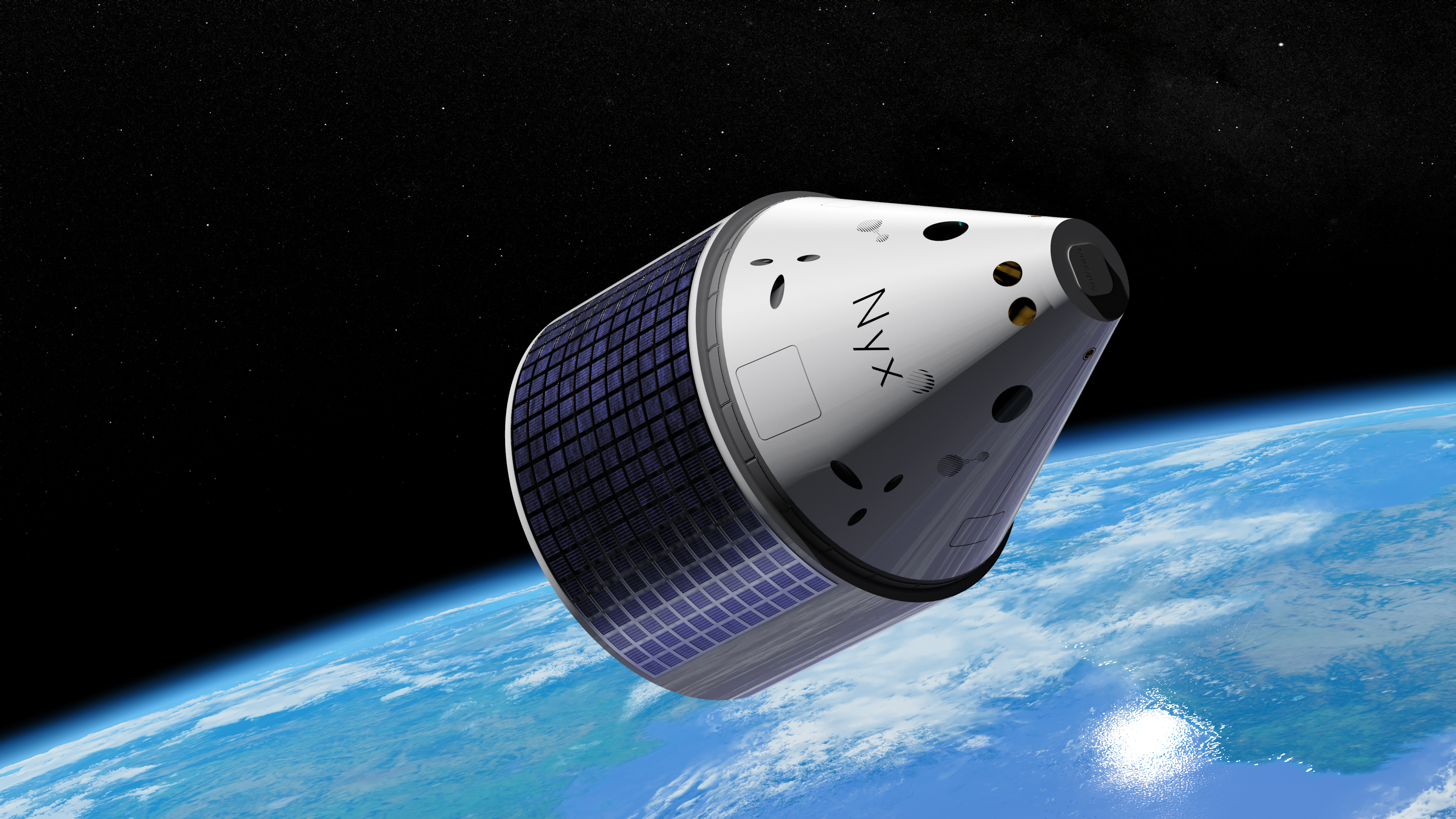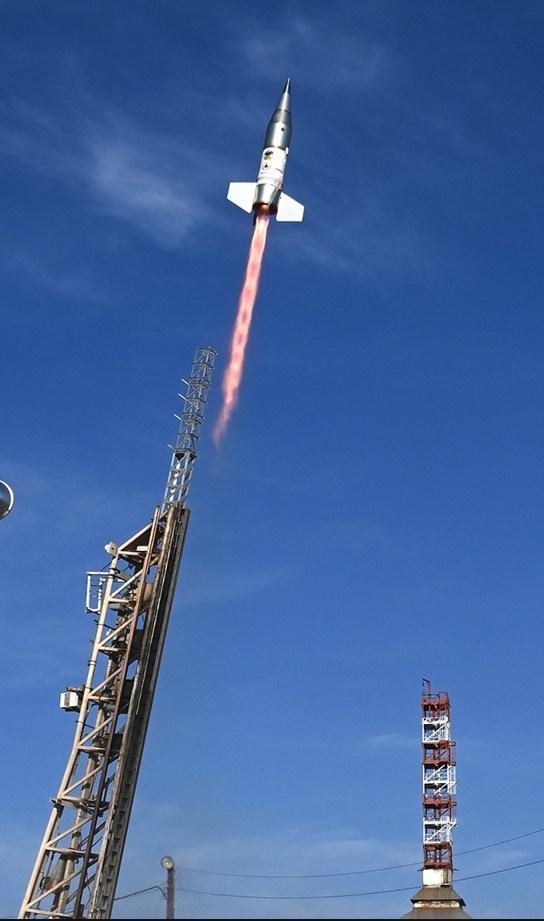Hello and welcome back to Max Q. Last week was the week of ambitious timelines. In this issue:
- A modest profile of one of the foremost experts of space propulsion
- Deep dive into the history of NASA’s Landsat
- News from Masten Space, Swarm and more
P.S. Applications are closing soon for Startup Battlefield 200! Apply today to join Startup Battlefield 200 for the chance to exhibit your startup for free at TechCrunch Disrupt this October and win the $100,000 equity-free prize. Applications close August 5. Apply today.
On to the news.
SpaceX’s CTO of propulsion retired. Now he wants to go to Mars.
You may not have heard the name Tom Mueller, but if you’re a space fan, you’re likely acquainted with the technology he helped pioneer: the Merlin rocket engine, which powers SpaceX’s Falcon 9 rocket, and the Draco engines that power the SpaceX Dragon spacecraft.
Mueller spent 18 years at SpaceX before retiring. But as he told me, “I found when I stopped creating, I didn’t feel right.”
Mueller, who is widely considered one of the leading experts of propulsion alive today, started sketching up a small thruster. That thruster now has a name, “Rigel,” after the blue supergiant in the constellation Orion. It’s become a cornerstone of Mueller’s new startup, Impulse Space, which he founded in September 2021. With the new venture, Mueller wants Impulse to be the go-to option for cost-effective, efficient in-space transportation.
“It was going to be just for fun and not too serious, but then some ex-SpaceX people started talking [to me] and wanted to help and all of a sudden it became real,” he said. “Now it’s full on.”

Rigel thruster. Image Credits: Impulse Space
After 50 years pioneering satellite imagery, NASA’s Landsat is ready for 50 more
NASA’s Landsat satellite constellation has been making Earth observation history ever since the project launched way back in 1972, providing reams of EO data for the government, scientists and industry. TechCrunch’s Devin Coldewey caught up with Jim Irons, who retired at the beginning of this year as NASA’s director of the Earth Sciences Division, on the history of the project and why it is still relevant today.
Now, myriad constellations like that of Planet Labs are imaging the whole globe on a daily basis. Which begs the question: Why have Landsat at all?
“Those of us who work on Landsat are very impressed by what the commercial providers have achieved,” Irons said. “The message we want to get out is that Landsat is complementary to that data — they don’t replace Landsat data. One, it’s open and transparent access — that’s key, and it’s true of all the data collected by NASA satellites.
“Two, the USGS has maintained this 50-year archive of data. Is there a business case for companies to archive their data for decades, so we can observe the effects of climate change over the long term rather than just have short bursts of data? I don’t know that the business case is there.”

Image Credits: NASA
More news from TC…
- Eutelsat and OneWeb agreed to a merger valued at $3.4 billion, a move that is widely viewed as a challenge to SpaceX’s Starlink.
- The Exploration Company is developing a brand new reusable orbital spacecraft, à la SpaceX’s Dragon capsule. I sat down with CEO Hélène Huby to talk about the young startup’s ambitious plans.
- Masten Space Systems filed for Chapter 11 bankruptcy protection, telling a Delaware court that it owed millions in liabilities to companies including SpaceX, Astrobotic, NuSpace and others.
- Swarm Technologies was acquired by SpaceX 10 months ago. Darrell Etherington caught up with co-founder and CEO Sara Spangelo (now senior director of Satellite Engineering at SpaceX) to discuss what Swarm has been up to in that time.

A rendering of The Exploration Company’s Nyx orbital vehicle. Image Credits: The Exploration Company (opens in a new window)
…and beyond
- AST SpaceMobile has signed a five-year 4G and 5G deal with Nokia to build out a cellular broadband network delivered via satellite.
- Blue Origin is planning to launch its sixth crewed mission of the New Shepard rocket on August 4, from its sprawling launch site in West Texas.
- Boeing said it incurred an additional $93 million in costs related to its Starliner capsule, bringing the total costs to the company to nearly $700 million.
- China launched an experimental module for its developing space station, which will attach to the Tianhe module already in orbit. Unfortunately, it appears that the booster of the Long March 5B rocket from the launch will reenter the atmosphere in an uncontrolled reentry.
- Congress passed a NASA authorization bill, part of the sweeping “Creating Helpful Incentives to Produce Semiconductors (CHIPS) and Science Act,” affirming operations of the International Space Station through 2030 and directing NASA to build a “Moon to Mars Program,” which includes the existing Artemis program.
- Firefly Aerospace’s Alpha rocket is on the launch pad at Vandenberg Space Force Base in California, indicating that a second test launch of the vehicle is likely imminent.
- NASA detailed changes to its Mars Sample Return plan, to return samples collected by the Perserverance rover back to Earth by 2033. Instead of rovers and rockets, the new plan will replace a rover with two helicopters.
- Rocket Lab and the U.S. National Reconnaissance Office are now targeting August 2 for the next launch of an NRO satellite, after the organization needed more time to perform software updates on the spacecraft.
- Rocket Lab will be providing the solar power units for three satellites being made by Lockheed Martin for the U.S. Space Force, indicating that the company’s acquisition of SolAero at the beginning of this year is already paying off.
- Roscosmos, Russia’s space agency, is apparently intending to continue using the International Space Station through 2028, after first insinuating it would break ties with the station in 2024.
- Sierra Space formed a National Security Advisory Group “to help Sierra Space continue to meet the evolving and complex needs of the United States and its impacts on the commercial space industry.”
- SpaceX applied for more spectrum with the U.S. Federal Communications Commission, telling the regulator it wanted to “optimize performance” for Starlink customers.
- Starlink’s second-generation satellites will emit less light than their first-gen counterparts, SpaceX said in a blog post. The company has taken “unprecedented steps” to work with the astronomy community on this issue, it said.
- The Space Foundation found that the space economy reached $469 billion last year, a 9% increase from 2020.
- X-Bow Systems launched its Bolt rocket from the White Sands Missile Range in New Mexico for the first time. X-Bow Systems was testing a payload test vehicle for the Department of Energy’s Los Alamos National Laboratory.

X-Bow’s Bolt Rocket. Image Source: X-Bow Systems.
Max Q is brought to you by me, Aria Alamalhodaei. If you enjoy reading Max Q, consider forwarding it to a friend.















 English (US) ·
English (US) ·